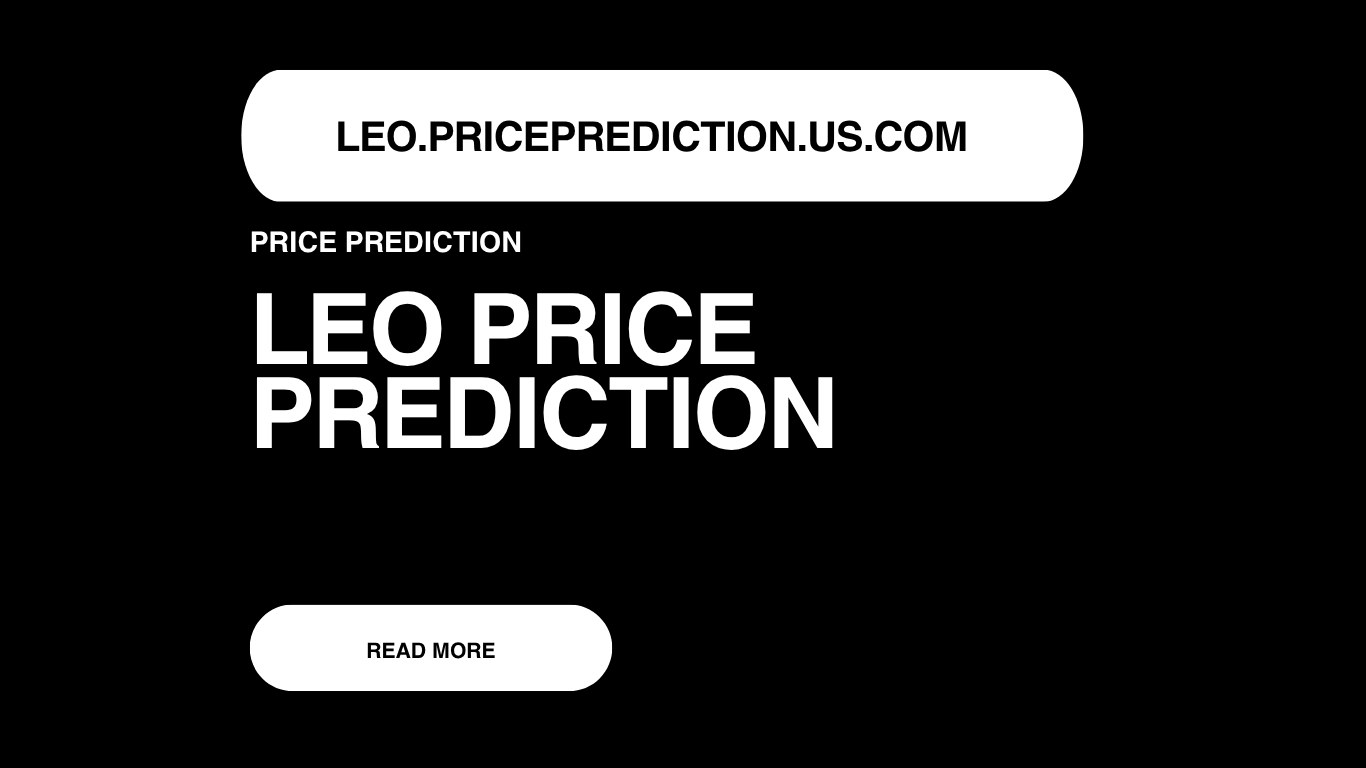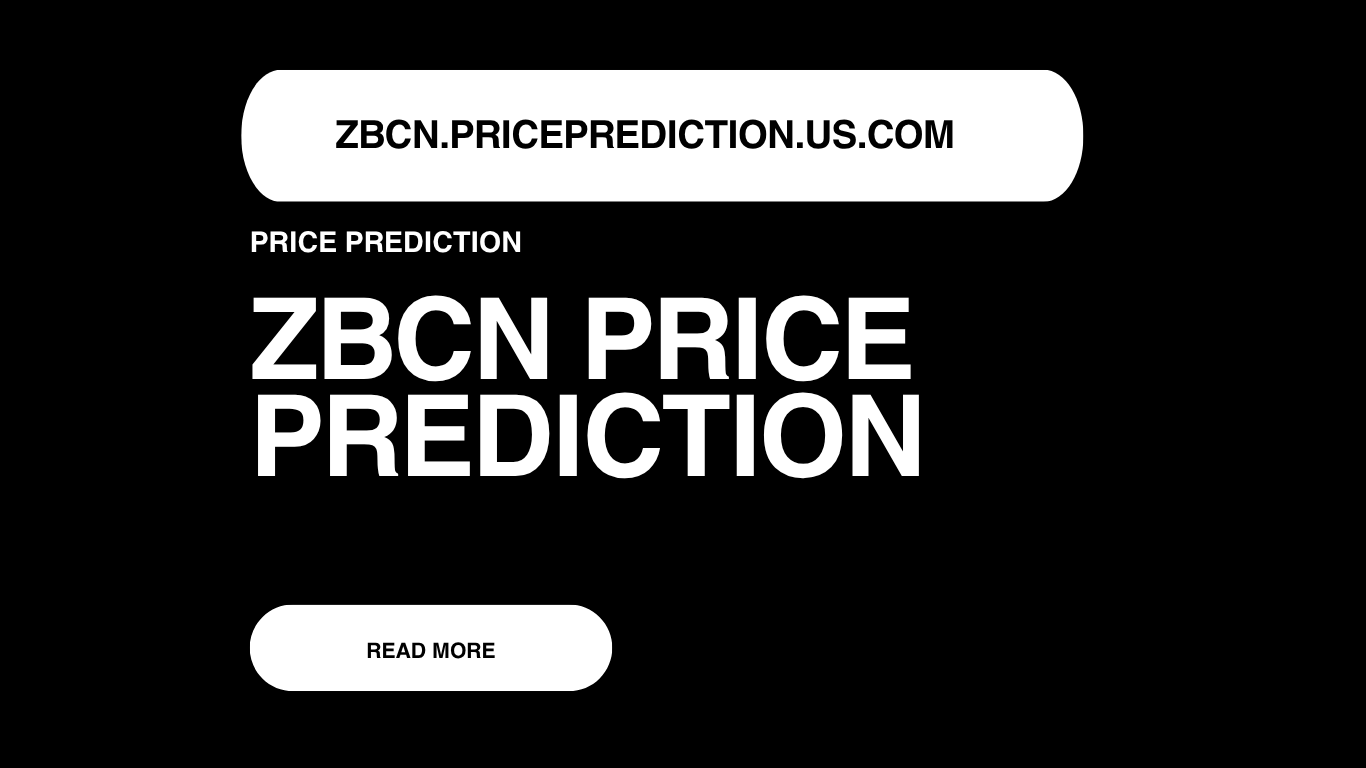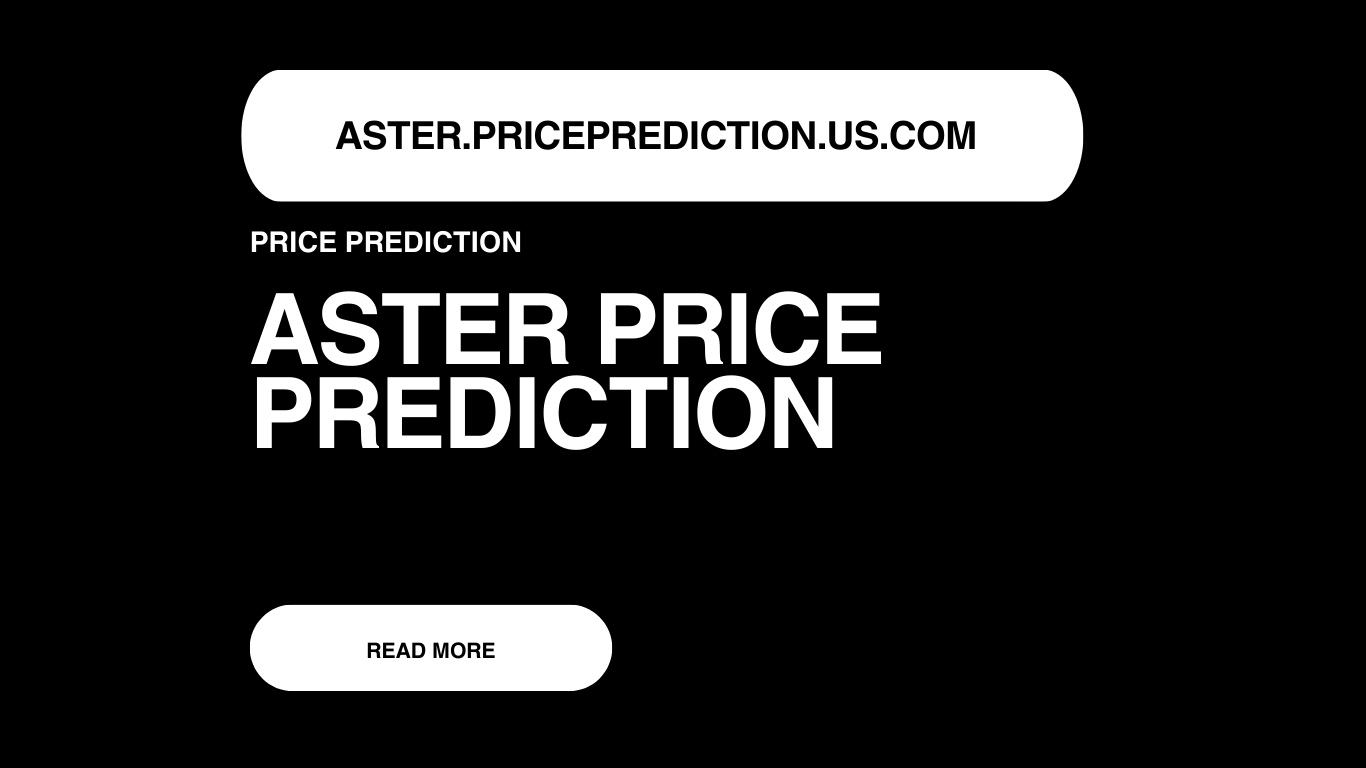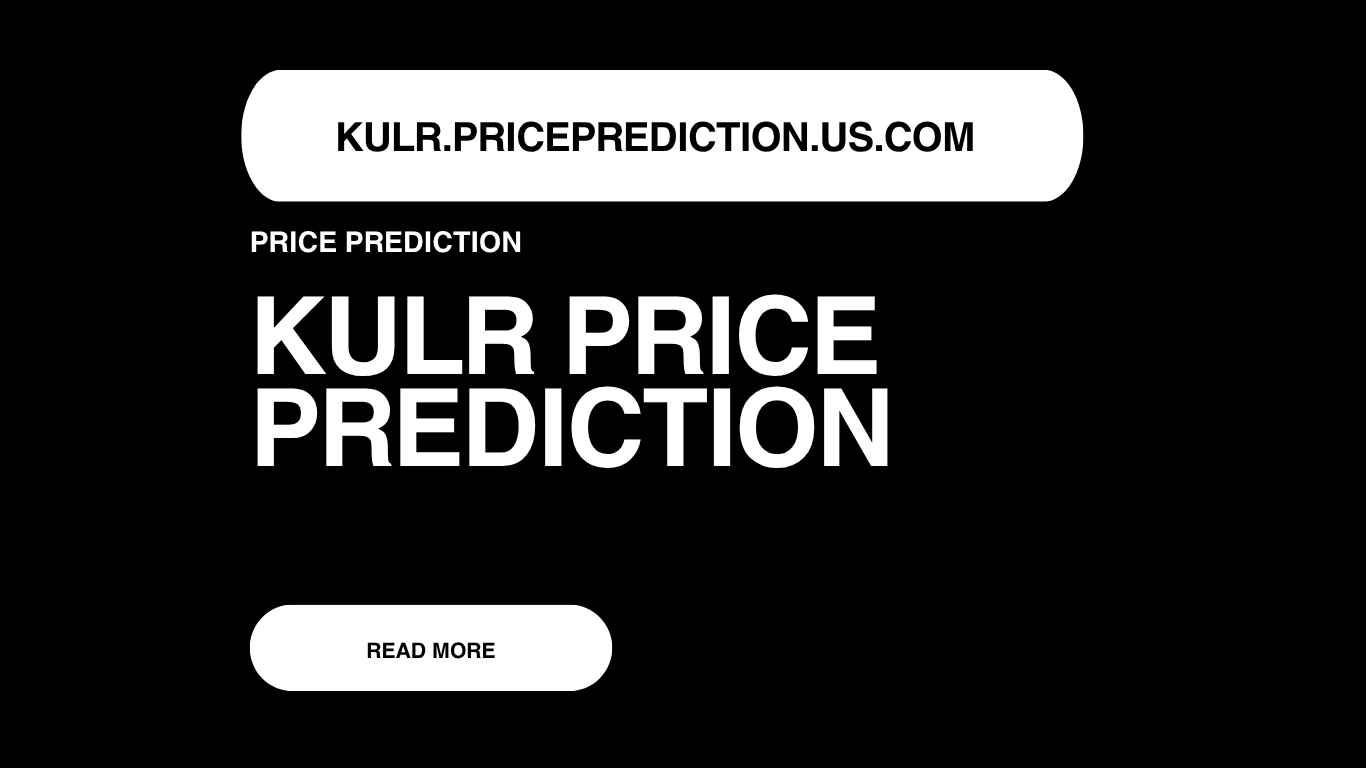Current Price
As of now, LEO is trading around and reflecting a stable uptrend over the past few years. Its price movement is less volatile than typical altcoins, primarily due to its burn mechanisms and unique supply model.
Explore the LEO Price Prediction from 2025 to 2040. Get detailed insight into UNUS SED LEO’s future outlook, technical analysis, market trends, tokenomics, and potential value as Bitfinex’s utility token.

UNUS SED LEO (LEO) is a utility token created by iFinex, the parent company of Bitfinex, with a unique model among exchange-based cryptocurrencies. Designed to offer discounts, fee reductions, and operational efficiency on Bitfinex and other iFinex platforms, LEO has maintained consistent utility despite market cycles.
Unlike other speculative tokens, LEO follows a deflationary model backed by buybacks and token burns, leading to long-term scarcity. With exchange adoption on the rise and Bitfinex's ecosystem expansion, LEO is often seen as a quiet but steady performer.
This article presents a comprehensive LEO Price Prediction from 2025 to 2040, covering technical analysis, future trends, tokenomics, and long-term projections.
As of now, LEO is trading around and reflecting a stable uptrend over the past few years. Its price movement is less volatile than typical altcoins, primarily due to its burn mechanisms and unique supply model.
LEO continues to trade within a tight upward channel, with healthy consolidation around support levels. The RSI remains neutral, and the 100-day moving average indicates consistent buying interest. LEO's volume remains moderate, but its burn model supports gradual price appreciation. It’s one of the few tokens with a decreasing circulating supply over time, giving it a fundamentally bullish structure.
LEO is expected to steadily grow in 2025 as Bitfinex's trading volumes increase and more tokens are burned from iFinex revenue. With fewer tokens in circulation and increasing exchange activity, LEO could reach levels around $27.20.
By 2026, the token’s deflationary nature may become more pronounced. Assuming consistent revenue generation and burn rates, LEO may approach the $18.10 mark as a result of reduced supply and growing investor confidence.
In 2027, LEO might see increased usage as a utility token across additional platforms under the iFinex umbrella. If token burns continue and Bitfinex integrates new services, the price of LEO could climb toward $19.00.
With further reduction in supply and enhanced utility for LEO holders, 2028 could bring the price close to $20.50. The token may also benefit from broader adoption of centralized exchanges and higher user engagement.
By 2029, LEO may evolve into more than just a trading discount token. If iFinex continues to grow and diversify its offerings, including blockchain-based services and fintech apps, LEO could be valued at $42.00.
In 2030, assuming continuous revenue and burns, LEO might be valued at approximately $33.50. Its role as a utility and value-holding asset within the Bitfinex ecosystem will likely be stronger than ever, positioning it as a long-term asset for users.
By 2035, LEO could achieve a price range near $68.00 as the token supply becomes increasingly scarce. If Bitfinex remains relevant and innovative in centralized finance and hybrid DeFi models, LEO may become a cornerstone utility token.
In 2040, LEO might reach $82.00, driven by decades of supply contraction, operational integration, and long-term trust in Bitfinex. The token could become an anchor for loyal platform users and institutional partners seeking stable, utility-based value.
LEO is a token launched by iFinex, intended to streamline the ecosystem’s operations and reduce user fees across platforms like Bitfinex. One of its standout features is the regular token burn funded by the company’s revenue, leading to ongoing supply contraction.
Unlike many exchange tokens that rely purely on speculation, LEO's utility in reducing trading fees, lending fees, and withdrawal costs makes it functionally valuable.
What is LEO used for?
LEO is used for fee discounts, lending incentives, withdrawal benefits, and operational efficiency on Bitfinex and associated iFinex platforms.
Is LEO deflationary?
Yes, iFinex commits to buying back and burning LEO tokens using a portion of its monthly revenue, decreasing the total supply over time.
Can LEO reach $100 or more?
Given its deflationary nature and growing utility, LEO has a realistic path to surpass $100 over the next few years.
Is LEO a long-term investment?
LEO offers long-term value for frequent Bitfinex users and those who believe in the continued relevance of centralized exchanges.
Bullish Indicators:
Bearish Risks:
The future of LEO is closely tied to the performance and innovation of Bitfinex. As centralized exchanges evolve, LEO could gain more use cases beyond trading fee discounts. With hybrid DeFi models and institutional services becoming more popular, LEO might find a stronger foothold in new financial layers.
Furthermore, LEO’s deflationary model ensures that supply pressure will continuously work in favor of long-term holders, especially if iFinex’s revenue streams grow.
Provide clear contact information, including phone number, email, and address.

Explore ZBCN price prediction from 2026 to 2040. Get insights into technical analysis, future trends, tokenomics, roadmap, and long-term value forecast for the ZBCN token.

ASTER price prediction explained in simple words for beginners. A clear year-by-year outlook from 2026 to 2040 for the ASTER coin.

Discover KULR stock price prediction from 2025 to 2040. Explore forecasts, technical analysis, roadmap, and future trends driving growth in battery safety and thermal management.